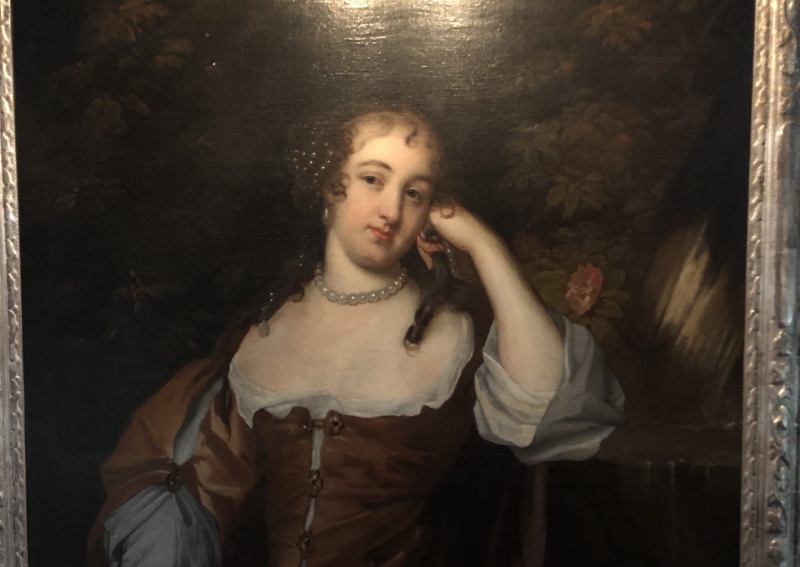Female characters in my writing
Fictional women have been the central characters in all six of my books.
First, in the Herzberg Trilogy, which spans the period from 1765 to 1918, there are three generations of musically gifted and ambitious women, crucial to what happens against the backdrop of peace and war. Then there is Karin Eilers – a young attractive German woman with a hidden past in 1945 war-torn Berlin – featured in The Executioner’s House. And the mysterious Khadra in The Lute Player, which begins in 18th century Palestine.
In the foreword to A Motif of Seasons, the last part of the Herzberg Trilogy, I wrote that I enjoyed writing about women – their fascinating interaction both with other women and with the opposite sex and the delightful complication they add to life through their presence, manifest in their gestures, their voices, their expressions and their tastes and opinions. Together with the scope that costume provides, women offer me a broader canvas on which to paint my stories.
Nothing has changed in my latest book Dark Obsession. The two central female characters – polar opposites – play decisive parts in a very human story.

